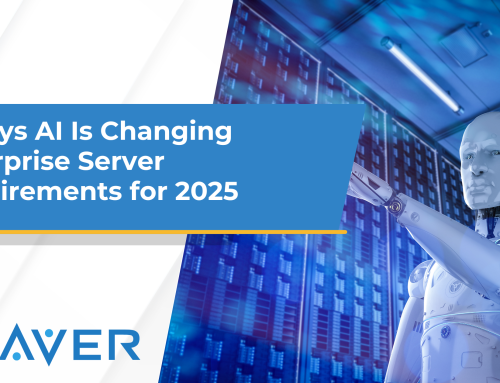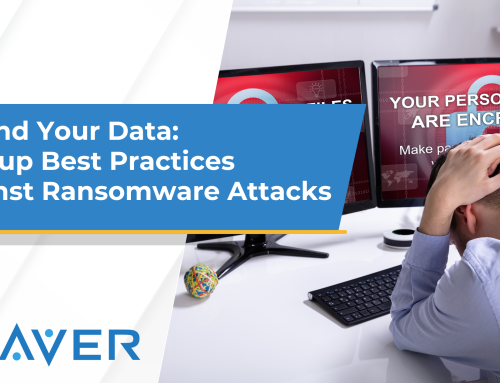Virtual desktop infrastructure (VDI) has become an increasingly popular solution for government agencies looking to improve their IT infrastructure. With persistent VDI, each user has their own dedicated desktop environment that remains the same each time they log in, providing a personalized and consistent user experience. While there are several benefits to using persistent VDI in a government setting, there are also some drawbacks to consider. In this blog, we’ll discuss the pros and cons of using persistent VDI in government, and how it can help organizations balance cost, security, and flexibility.
Advantages of Persistent VDI
One of the biggest advantages of persistent VDI is the personalized user experience it provides. With each user having their own dedicated desktop environment, they can customize it to fit their specific needs and preferences. This can improve productivity and efficiency, as users have access to the applications and tools they need to do their jobs effectively.
Another advantage of persistent VDI is the ability to easily manage and maintain desktop environments. With each user having their own environment, IT staff can make updates and modifications without affecting other users. This can streamline maintenance and reduce downtime, as updates can be made without disrupting users’ work.
Finally, persistent VDI can be more cost-effective for organizations with a fixed number of users and devices. While the initial cost of implementation may be higher than non-persistent VDI, the ongoing costs can be lower, as there is less need for ongoing updates and modifications.
Disadvantages of Persistent VDI
Despite the benefits of persistent VDI, there are also some potential drawbacks to consider. One of the biggest concerns is security. With each user having their own desktop environment, it can be more difficult to ensure that all users are adhering to security policies and best practices. Additionally, persistent VDI can be more susceptible to cyberattacks, as each environment provides a potential entry point for attackers.
Another potential disadvantage of persistent VDI is the limited flexibility it provides. With each user having their own environment, it can be more difficult to scale up or down as needed. This can be a concern for organizations with fluctuating user numbers or for those looking to implement a bring-your-own-device (BYOD) policy.
Finally, persistent VDI can be more resource-intensive than non-persistent VDI. With each user having their own environment, there may be a need for more storage and processing power, which can increase costs and put a strain on IT resources.
When considering whether to implement persistent VDI in a government organization, it’s important to carefully weigh the benefits and drawbacks. While persistent VDI can provide a personalized user experience and streamlined maintenance, it can also be more costly and less flexible than non-persistent VDI. Additionally, security and resource concerns should be carefully evaluated before making a decision. By considering these factors and choosing the VDI solution that best fits their needs, government organizations can improve their IT infrastructure and provide a secure and efficient work environment for their employees.







